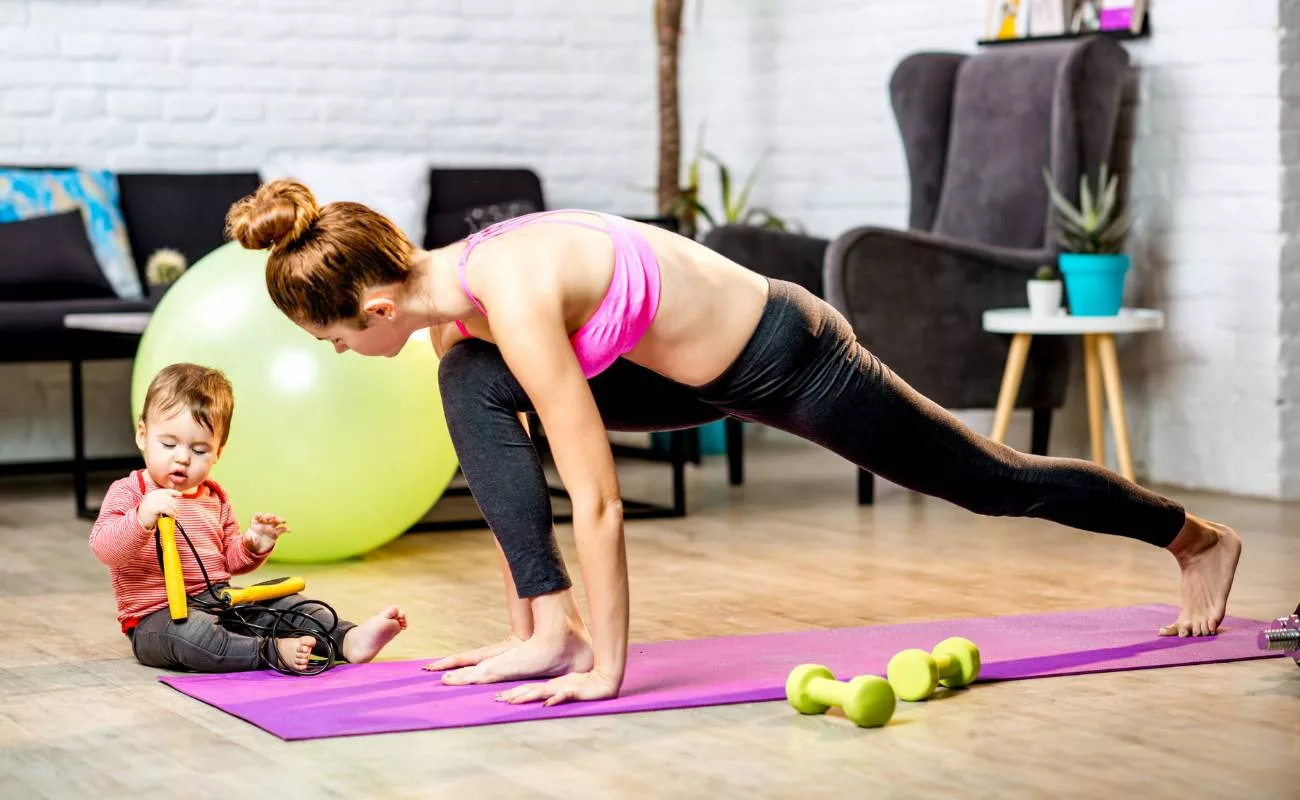
Posture And The Pelvic Floor
Proper breathing is incredibly important for healthy pelvic floor function. Our primary breathing muscle is the diaphragm, a dome-shaped muscle which operates like a parachute. It connects to the lower part of the ribcage. The intercostals, little muscles that fit between your ribs, also play a primary role in breathing.
The muscles of the pelvic floor (PFM) support the abdominal and pelvic and are active in standing and sitting. Furthermore, because the abdomen is a fluid-filled cavity, intra-abdominal pressure (IAP) is distributed in all directions and the PFM, which form the floor of the abdominal cavity, contribute to its control. As a result of this contribution to control of IAP, the PFM are likely to contribute to control of the spine and pelvis. The slouched posture places prolonged and excessive pressure on our internal organs and pelvic floor which can worsen urinary incontinence, pelvic pain, and symptoms related to prolapse and rectus diastasis. For example, if we collapse our chest while sitting, we end up with a “C-curve” in the spine. This makes it challenging to take a deep breath, and as a consequence, the muscles of the pelvic floor don’t receive the gentle ‘exercise’ they need, stretching and contracting with every breath in and out.
Research has shown that when we sit in a slumped posture, our pelvic floor muscle activity is significantly less than when we are sitting tall. Additionally, slouched sitting postures decrease the activity of your transverse abdominal muscles. Proper breathing pattern encourages the pelvic floor to move more dynamically. Dysfunctional breathing patterns inhibit this dynamic movement of the pelvic floor.
Physio Assessment
An assessment by a pelvic health physiotherapist includes a thorough postural examination. Your pelvic health physiotherapist will be able to identify your unique postural compensations. They can also help guide you on the road to improved body positional awareness.
1. Sapsford, RR. et al (2006) Sitting posture affects pelvic floor muscle activity in parous women: an observation study. Aust L Physiother. 52(3):219-22
2. Reeve, A., Dilley, A., (2009) Effects of posture on the thickness of Transverse Abdominal Muscle and Pelvic Floor Muscle Exercises for Stress Urinary Incontinence: A Randomized controlled Trial. J Phys Ther Sci. 26(8): 1161-1163.
Immediate Help through Physiotherapy for Pelvic Floor Injury:
Have you been experiencing pelvic pain after walking a lot? Or have you been having sore pelvic muscles? Or twisted bowel symptoms?
Have you been having tightness in the pelvic region? Or are you curious to learn about the pelvis break severity range? Or you may be having questions if pelvic pain improves with movement.
On the other hand, are you looking for the pelvic pain home treatment exercises and stretches that are appropriate for for males or females?
Or are you looking for help with walking after pelvic fracture? Any related pelvic floor Dyssnergia (constipation from anorectal dysfunction)?
If you are either in the path of pelvic fracture recovery or finding yourself in pelvic floor pain after exercise, we are here for you!
At Curezone Physiotherapy, the pelvic pain physios at the walk in clinics in Mississauga and Oakville are trained to help achieve pelvic floor pain relief through targeted strength and flexibility stretches. They customize pelvic floor exercises appropriate for male and females for all types of pelvic conditions. If you are looking for the physiotherapy CLOSEST TO ME to learn these exercises to eliminate pelvic pain, look no further! We aim to be YOUR best physiotherapy clinic in Mississauga and Oakville areas.
We welcome you to call us or click below to book an appointment with one of our expert physiotherapists to let us immediately start assisting you in your road to recovery.
Pelvic Muscle Pain Treatment in Mississauga:
Physiotherapy Clinic Mississauga – Curezone Physiotherapy, Heartland Mississauga.
Physiotherapy Clinic Erin Mills – Curezone Physiotherapy, Erin Mills Mississauga.
Pelvic Muscle Pain Treatment in Oakville:
Physiotherapy Clinic Oakville – Curezone Physiotherapy, Burloak Oakville.




